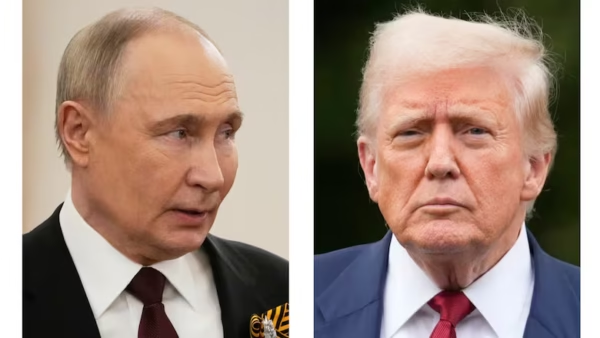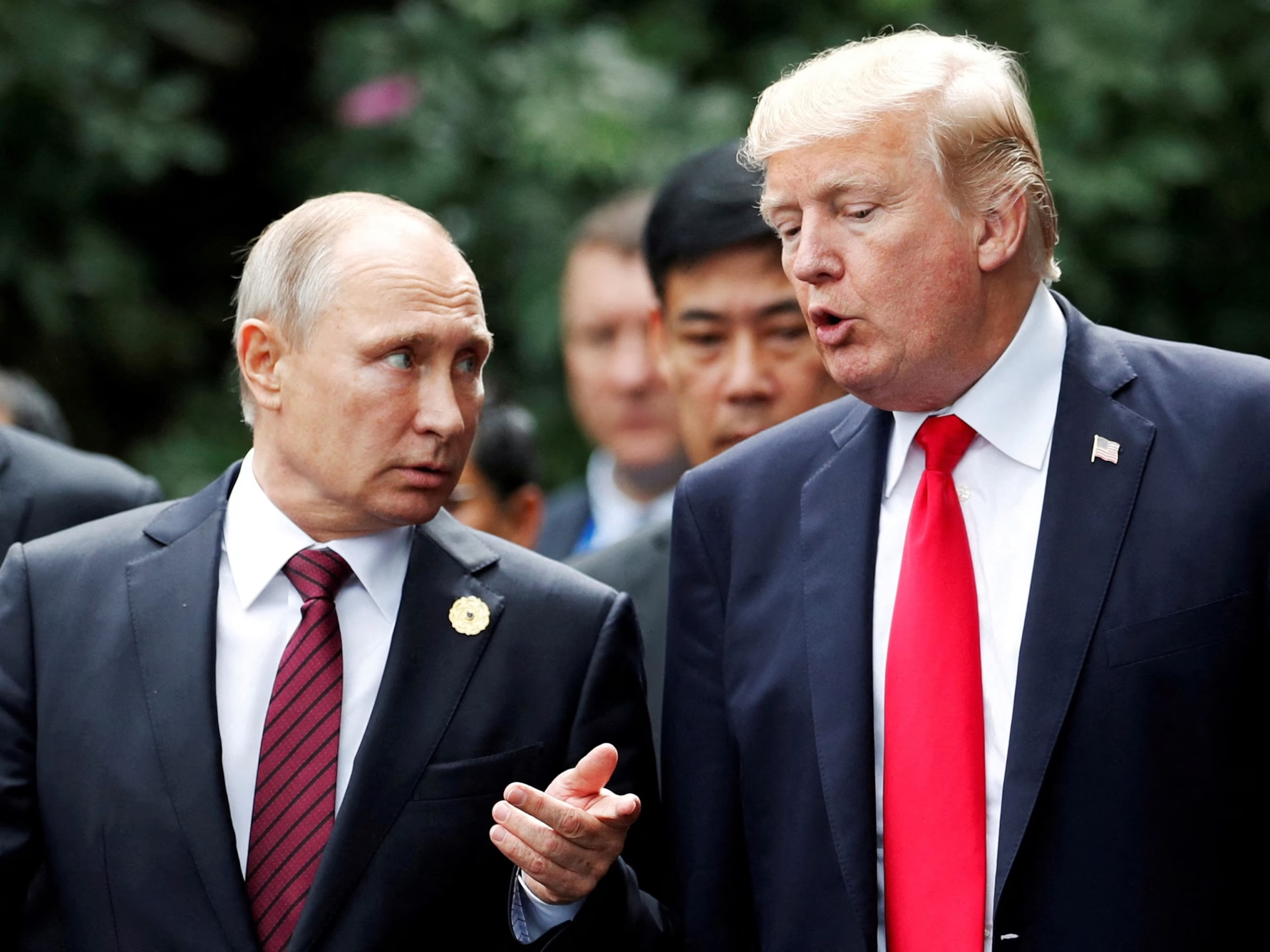The upcoming Trump–Putin peace summit in Alaska has sparked global attention, concerns, and political tension. Here’s the history and the stakes.

Diplomatic Turmoil – Trump–Putin Peace Summit in Focus
The political world is buzzing. U.S. President Donald Trump and Russian President Vladimir Putin are set to meet in Alaska on August 15. The summit comes at a time when global trust is fragile and the stakes not be higher.
Moscow has warned of “titanic efforts” by unnamed forces to derail the meeting. These warnings have only deepened the mystery around the talks. On www.america112.com, analysts suggest that multiple countries have a vested interest in seeing these talks fail.
What’s at Stake
The summit is being billed as a potential turning point in the Ukraine conflict. Yet, Ukrainian President Volodymyr Zelenskyy has made it clear—Ukraine will not give up any of its territory for peace. His statement has sparked both praise and criticism worldwide.
This isn’t the first time a high-profile meeting has been overshadowed by political tension. In history, failed diplomacy has often been as influential as successful agreements. This situation is much like the lessons explored in The Art of Losing Friends and Influencing No One.
A Rocky History – U.S. and Russia
Relations between the United States and Russia have swung like a pendulum for more than a century. In World War II, they were uneasy allies against Nazi Germany. But the alliance dissolved into rivalry almost instantly after victory, ushering in the Cold War.
For decades, Washington and Moscow faced off in proxy wars, nuclear arms races, and fierce political propaganda. The Cuban Missile Crisis in 1962 nearly brought the world to nuclear war. Détente in the 1970s led to arms control treaties like SALT. Still, the relationship soured again in the 1980s. It remained strained until the Soviet Union collapsed in 1991.
The 1990s brought cautious optimism. Russia joined the G8, and economic cooperation increased. But mistrust lingered—particularly over NATO expansion into Eastern Europe, which Moscow saw as a direct threat.
In the 2000s, relations soured again over conflicts in Georgia, Syria, and Ukraine. By 2014, the annexation of Crimea by Russia brought sanctions and diplomatic freezes. Since then, Washington and Moscow have struggled to find common ground.
This history looms large over the Trump–Putin summit. Every handshake, every word will be weighed against decades of tension and mistrust.
Global Reactions
Allies and rivals alike are watching closely. Some see this as a chance to end years of conflict. Others fear it will lead to rushed decisions and unstable agreements. In Washington, voices within Trump’s own circle are divided. Some believe the talks will cement his legacy as a peacemaker. Others warn they damage U.S. credibility.
Meanwhile, in Moscow, Putin is under pressure to secure a deal that strengthens Russia’s position without appearing weak. It’s a delicate balancing act for both leaders.
Why Alaska?
The choice of Alaska is symbolic. It sits between the U.S. and Russia geographically, serving as a neutral ground for discussion. But it also carries historical echoes of Cold War diplomacy, when even icy landscapes did not freeze political tensions.
Some political strategists say the location choice is a move straight out of the leaders’ playbook. These leaders want to send subtle messages. For example, Elon Musk launched his own political party to signal a shift in direction.
The Human Side of Diplomacy
Behind closed doors, these summits are not just about maps and treaties. They’re about people—soldiers on the frontlines, families separated by borders, and civilians living under the shadow of war.
In Ukraine, a mother named Iryna says she hopes the talks mean her son, a soldier, can come home alive. In Russia, a small business owner hopes sanctions will ease so he can afford imported supplies again. These personal stories are why peace talks matter far beyond political headlines.
Will This Be a Turning Point?
The world is holding its breath. One meeting will not solve every problem, but it could open a door to dialogue. Or it slam that door shut for years. The outcome will depend on whether the leaders choose cooperation or confrontation.
History will remember this summit. The question is—will it be remembered as a step toward peace or another missed opportunity?


6 Replies to “Trump and Putin Meet in Alaska: The Big Picture”